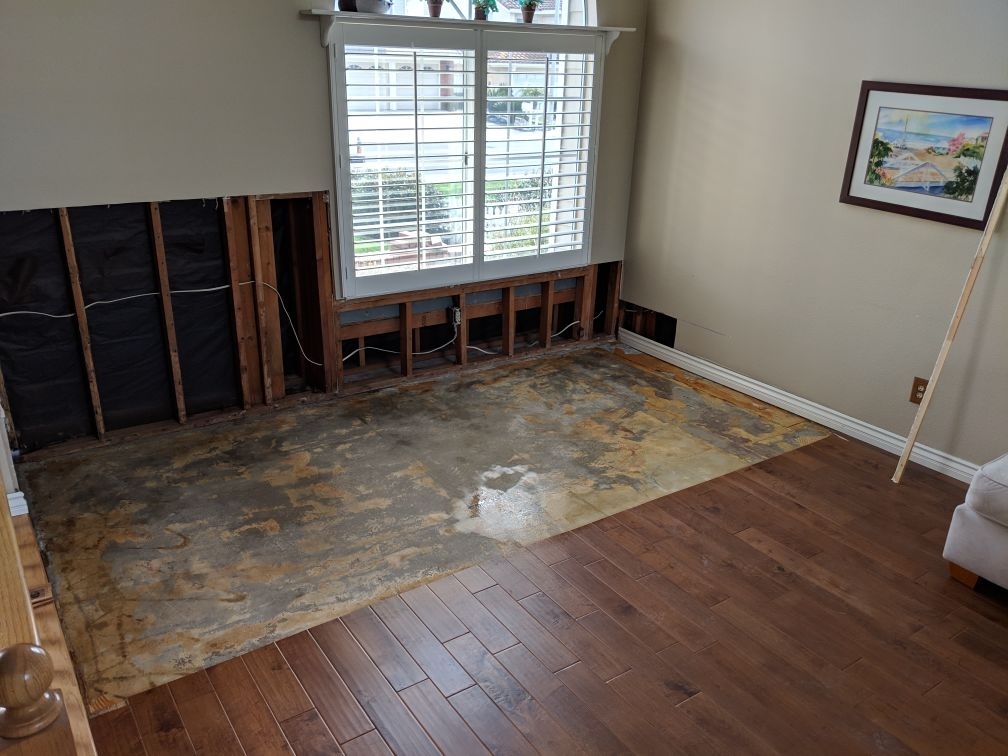Do's & Don'ts of Water Damages.
Do's & Don'ts of Water Damages.
Blog Article
Almost everyone has his or her own rationale with regards to How To Prevent Fire And Water From Ruining Your Holiday Season.

Water gives life, water invasion on parts where it's not meant to be can result in damages. It can peel away surfaces and wear down the foundation if the water soaks into your structure. Mold and mildew and mold additionally prosper in a moist atmosphere, which can be harmful for your health and wellness. Houses with water damage smell old and stuffy.
Water can come from several resources such as typhoons, floodings, ruptured pipes, leaks, as well as sewer issues. In case you experience water damages, it would certainly be great to know some safety precautions. Here are a few standards on exactly how to deal with water damages.
Do Prioritize House Insurance Coverage Protection
Water damages from flood dues to hefty winds is seasonal. However, you can also experience an abrupt flood when a damaged pipeline unexpectedly bursts into your residence. It would certainly be best to have home insurance coverage that covers both disasters such as natural calamities, and emergency situations like broken plumbing.
Do Not Forget to Shut Off Energies
In the event of a calamity, especially if you reside in a flood-prone area, it would certainly be suggested to turn off the major electric circuit. This removes power to your whole home, protecting against electrical shocks when water is available in as it is a conductor. In addition, don't forget to shut off the primary water line shutoff. When floodwaters are high, furniture will move as well as trigger damages. Having the primary shutoff turned off protects against additional damage.
Do Keep Proactive and also Heed Climate Signals
Listen to evacuation cautions if you live near a lake, river, or creek . Doing so lowers possible home damage.
Do Not Disregard the Roof
You can stay clear of rainfall damage if there are no holes as well as leaks in your roof. This will certainly avoid water from flowing down your wall surfaces as well as saturating your ceiling.
Do Pay Attention to Tiny Leaks
A ruptured pipeline does not occur overnight. Typically, there are red flags that suggest you have actually weakened pipelines in your house. You may observe gurgling paint, peeling wallpaper, water streaks, water discolorations, or trickling noises behind the wall surfaces. At some point, this pipe will certainly rupture. Preferably, you need to not wait for things to escalate. Have your plumbing repaired before it results in large damage.
Don't Panic in Case of a Burst Pipe
Maintaining your clearheadedness is vital in a time of crisis. Stressing will just compound the issue since it will stifle you from acting quickly. When it involves water damages, timing is key. The longer you wait, the more damages you can anticipate. Hence, if a pipeline bursts in your residence, quickly turned off your main water shutoff to remove the resource. Then disconnect all electric outlets in the location or shut off the circuit breaker for that part of your home. Lastly, call a trustworthy water damage restoration expert for help.
Water offers life, water intrusion on parts where it's not meant to be can result in damage. Homes with water damage smell moldy as well as old.
Water damages from flooding charges to hefty winds is seasonal. You might discover gurgling paint, peeling wallpaper, water touches, water stains, or trickling sounds behind the walls. When it comes to water damages, timing is vital.
Some Do's & Don't When Dealing with a Water Damage
DO:
Make sure the water source has been eliminated. Contact a plumber if needed. Turn off circuit breakers supplying electricity to wet areas and unplug any electronics that are on wet carpet or surfaces Remove small furniture items Remove as much excess water as possible by mopping or blotting; Use WHITE towels to blot wet carpeting Wipe water from wooden furniture after removing anything on it Remove and prop up wet upholstery cushions for even drying (check for any bleeding) Pin up curtains or furniture skirts if needed Place aluminum foil, saucers or wood blocks between furniture legs and wet carpet Turn on air conditioning for maximum drying in winter and open windows in the summer Open any drawers and cabinets affected for complete drying but do not force them open Remove any valuable art objects or paintings to a safe, dry place Open any suitcases or luggage that may have been affected to dry, preferably in sunlight Hang any fur or leather goods to dry at room temperature Punch small holes in sagging ceilings to relieve trapped water (don't forget to place pans beneath!); however, if the ceiling is sagging extremely low, stay out of the room and we'll take care of it DO NOT:
Leave wet fabrics in place; dry them as soon as possible Leave books, magazines or any other colored items on wet carpets or floor Use your household vacuum to remove water Use TV's or other electronics/appliances while standing on wet carpets or floors; especially not on wet concrete floors Turn on ceiling fixtures if the ceiling is wet Turn your heat up, unless instructed otherwise

Hopefully you enjoyed reading our part about What You Can Do At Home To Prevent Fire And Water Damage. Thanks for taking the time to read through our content. If you please take the time to share this page if you enjoyed it. Kudos for your time. Visit again soon.
Report this page